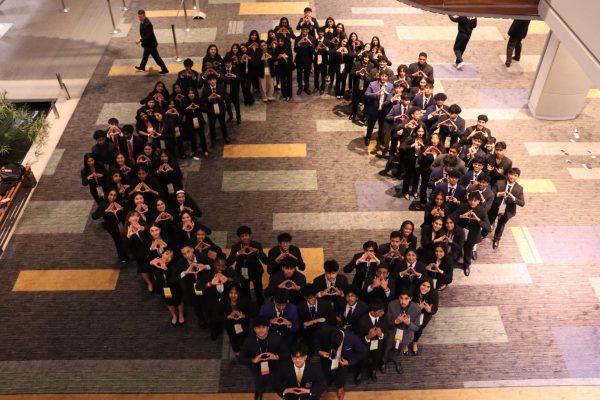I, Too, Wish I Was a Real Boy
In Guillermo del Toro’s passion project, the story of Pinocchio is retold once more in a beautiful stop-motion animation.
“Pinocchio,” directed by Guillermo del Toro, reimagines the classic Italian story with mesmerizing visuals and a charming soundtrack.
January 19, 2023
You’ve heard the classic tale of the little wooden boy who wanted to be a real boy. “Pinocchio” is a 19th-century classic Italian story that has charmed generations through numerous variations. The most recent adaptation, directed by Guillermo del Toro and released on Netflix on Dec. 9, adds a new charming feel to the story.
The story begins with a flashback narrated by an unknown voice. Taking place in the 1940s, the narrator describes Geppetto’s previous life with his son, Carlo. With emotionally sweet music, the scenes go over how much Geppetto loved his son. However, tragedy strikes when the two are about to leave their church, and the boy is killed in a bomb explosion. Geppetto’s life immediately spirals into a violent cycle of grief, depression, and alcoholism as he mourns the death of Carlo.
One fateful night, we’re met with the eccentric talking insect Sebastian J. Cricket, who describes himself as a traveler. Searching for a small abode to take shelter in, he decides to use a tree next to Carlo’s grave, but this proves to be a mistake as Geppetto once again returns to the grave to mourn the loss of his son. His sadness turns into drunken rage, and in the fit of it all, he decides to rebuild his son out of wood. He quickly grabs an ax and, to the dismay of the cricket, chops down the tree. Geppetto returns to his house with the wood and an angrily talking cricket, and then proceeds to carve out the wood into the shape of a child, but he passes out near the end of the process.
As Geppetto sleeps, Sebastian is met with a spirit who wishes to give life to the wooden figure, and is tasked to take the child on the right path. Of course, he is hesitant to accept the task, but eventually takes the challenge. In the morning, Geppetto wakes up terrified to find that the wooden figure he’d made in his drunken state had come to life. And with the wooden boy’s playful song “Everything Is New to Me,” the story of “Pinocchio” truly begins.
With a compact cast of characters, Guillermo takes a more complex interpretation of the story, making the interesting choice to have the setting take place in WWII Italy. Because of this, we’re met with interesting takes on fascist propaganda, specifically on how easy it is to indoctrinate children into this ideology. The biggest example of this is when Pinocchio performs on stage celebrating the Italian homeland and Benito Mussolini, and then he is sent to a training camp to fight for Italy.
But despite the arching presence of propaganda, the most notable theme of the movie is death. Many times we see Pinocchio “die” and return from the afterlife, which is a charming room full of hourglasses with black sand. There is a catch, however: the more times he dies, the longer he stays dead each time. This conflicts with his desire to be a “real boy” because, unlike the humans, he can come back from the dead. Despite how troubling it seems, the concept of death has given us a window into familial intimacy with emotional scenes. This window is seen clearly in the ending, which is emotional enough to make one cry.
All of this is conveyed perfectly with del Toro’s use of stop motion animation. It creates a rustic atmosphere resembling that of an old children’s book, which helps perpetuate the child-like wonder Pinocchio and the viewer feels. The most noticeable example of this is through Pinocchio himself; the way he’s animated emphasizes the contrast between his wooden features and his wide variety of expressions. Throughout the movie, the animation style subtly adds more depth to the overall themes.
Guillermo’s “Pinocchio” leaves us wondering how we begin relationships and how they end. The film makes us appreciate the people around us with beautiful animation and a wonderfully charming soundtrack. It is indeed a movie worth watching, especially with the people you love.





![Standing center stage, senior Ananya Akula conducts the Phoenix Chorale. “[Conducting and teaching] is really fun,” Akula said. “Music education is what I want to do.” On the day of the choir assessment, Akula found out that she received the President’s Music Scholarship – a full ride to the University of Miami Frost School of Music.](https://theblazerrhs.com/wp-content/uploads/2024/04/ananya-1200x800.jpg)
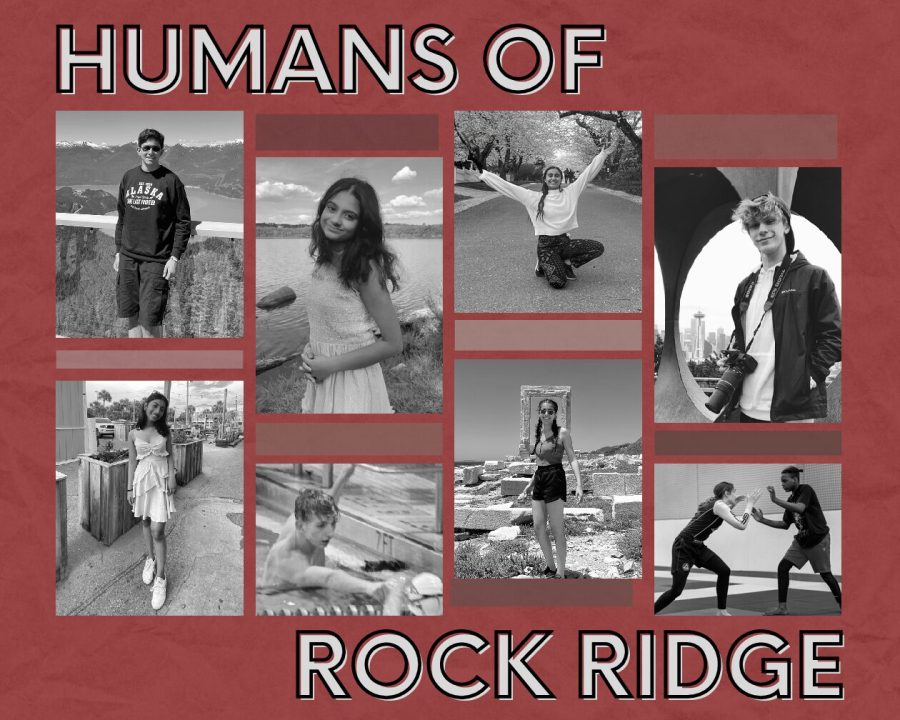











![With the energy and effort the Bolts were bringing to the game, the Phoenix had to step up and match them to make it through their first game of the season. Many of the girls on the team, including freshman Nazly Rostom, have been playing soccer since their childhood and have grown a love for the sport as a result. “It was fun to see how we actually played in a [real] game,” Rostom said. “Even though the outcome was not what we were hoping for, I’m still happy we got to play together.”](https://theblazerrhs.com/wp-content/uploads/2024/04/DSC_0154-1200x800.jpg)


![Held up by a group of cheerleaders, flyer sophomore Leyu Yonas poses as part of a stunt, also supported by flyer junior Shayne Mitchell behind her. (Left) Prior to the pink out football game on Oct. 13, the athletes practiced in the aux gym from 5 p.m. to 6:30 p.m. (Right) On Oct. 19, the cheerleaders competed in their District Championships at Woodgrove High School. “We definitely put all our effort on the mat [at Districts], and it showed,” Mitchell said. Left: Photo by Nadia Shirr. Right: Photo by Steve Prakope via Victor O’Neill Studios.](https://theblazerrhs.com/wp-content/uploads/2023/11/feature-image-1200x823.png)
![Sophomore Xavier Smith (6), the Phoenix quarterback, runs the ball as his teammates help hold up the defense. “My [offensive] line collapses, so I just [have to run], and its a good way to get first downs because [Tuscarora’s] defense was really good,” Smith said.](https://theblazerrhs.com/wp-content/uploads/2023/11/IMG_5383-1200x897.jpg)



![As the referee throws the ball up for the tip-off, freshman Simone Diby leaps towards the ball to get it in Phoenix possession. Diby is a new member of the Phoenix girls basketball team, and despite it being a change, she finds it enjoyable. “It’s definitely a different experience if you’ve never played on a team, [but] I think it’s still fun.”](https://theblazerrhs.com/wp-content/uploads/2024/03/DSC_0057-1200x662.jpg)




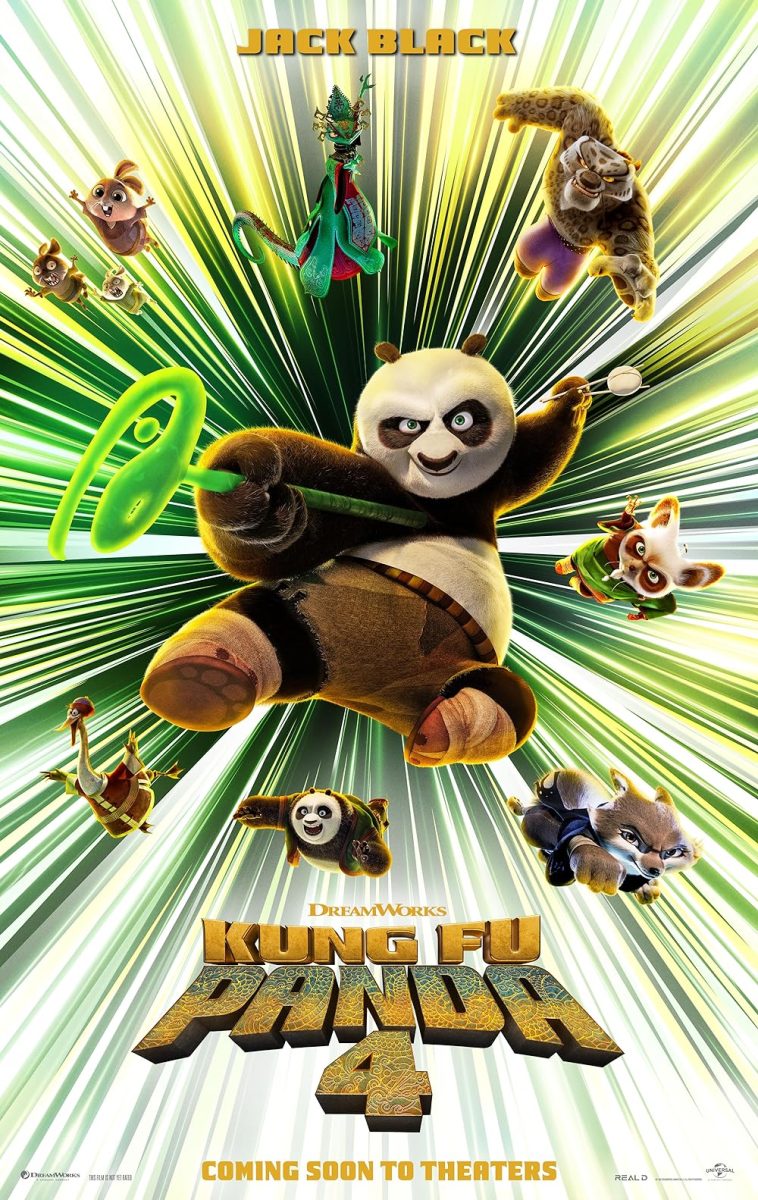
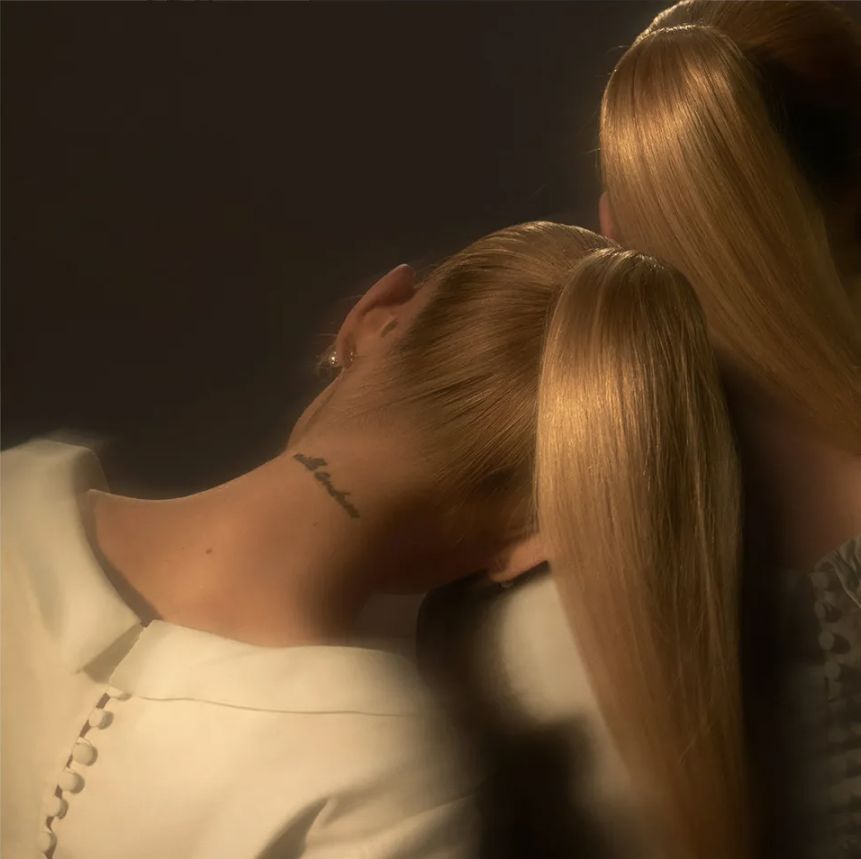


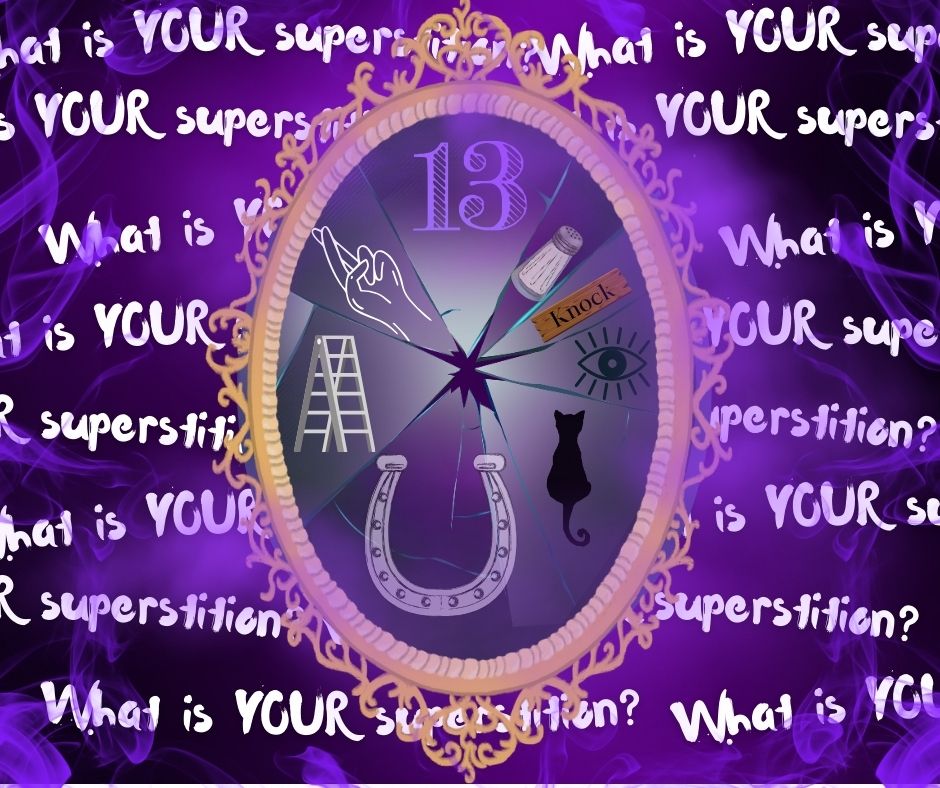

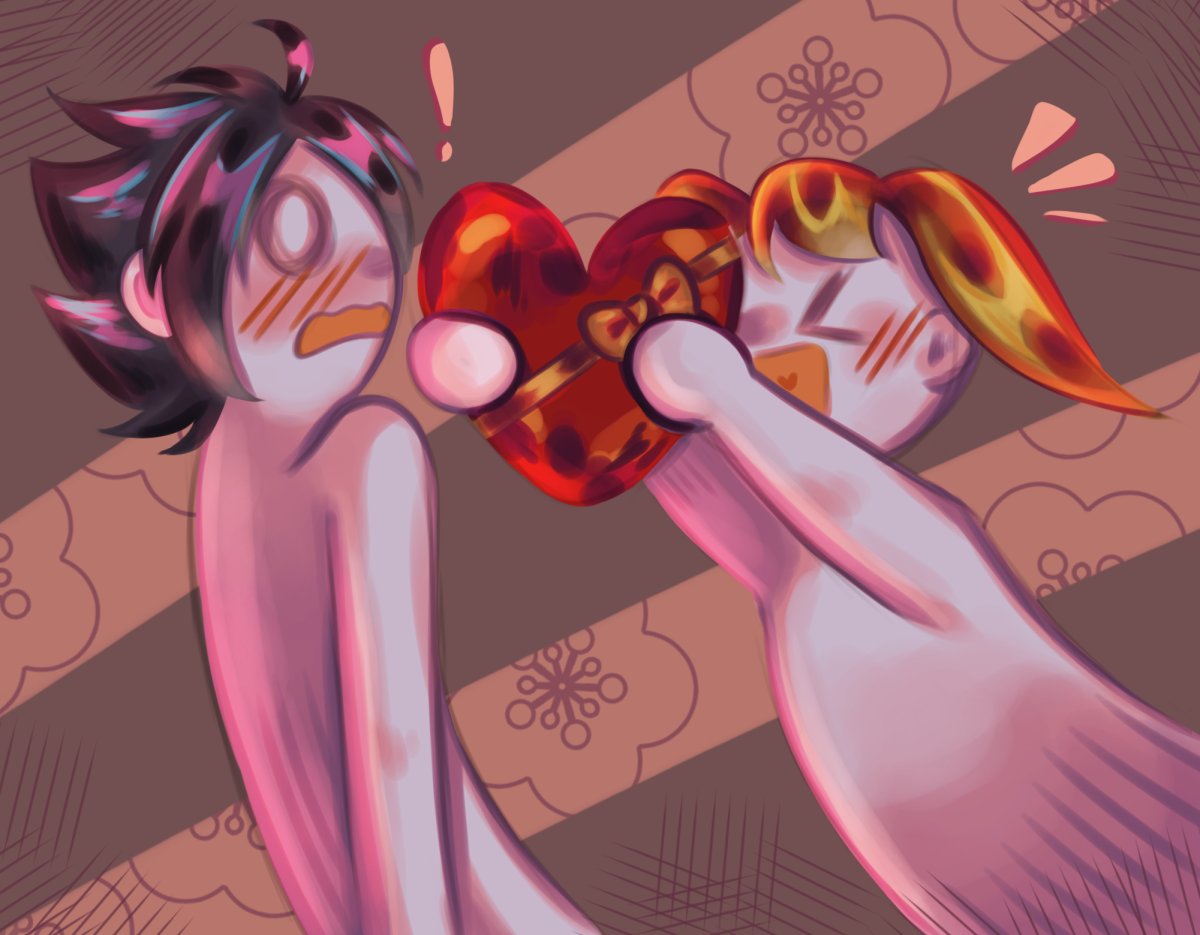




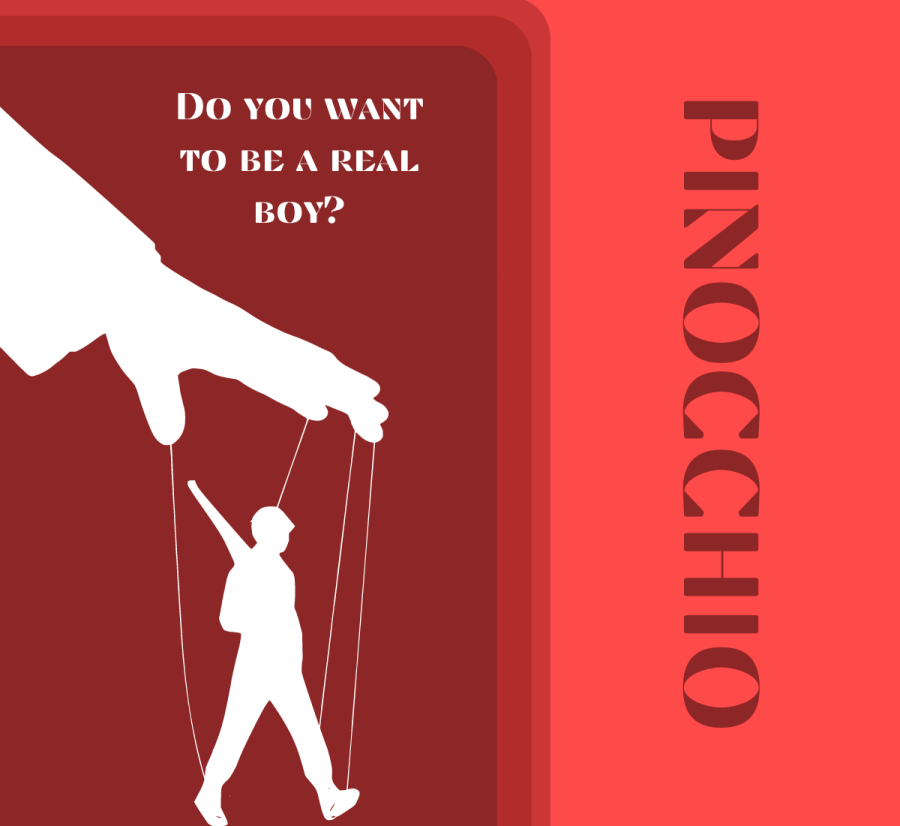

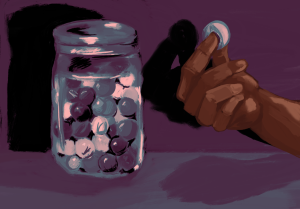


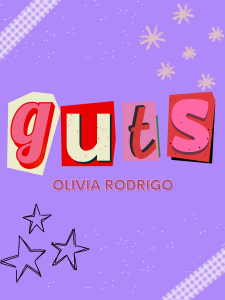







![Standing center stage, senior Ananya Akula conducts the Phoenix Chorale. “[Conducting and teaching] is really fun,” Akula said. “Music education is what I want to do.” On the day of the choir assessment, Akula found out that she received the President’s Music Scholarship – a full ride to the University of Miami Frost School of Music.](https://theblazerrhs.com/wp-content/uploads/2024/04/ananya-600x400.jpg)
![Senior Fatima Qaderi grew into the person she wanted to become when she was younger and continues to work towards growing more confident in using her voice when it matters. “I didnt get treated the way I wanted to be treated, and I realized that it wasnt just them treating me the wrong way, it was me treating me the wrong way,” Qaderi said. “I forced them to like to look at me in a way where Im someone who needs to be respected; they cant just disregard me, they cant just look over me because I have a different opinion, because Im a woman, because Im Afghan, because Im Muslim, or whatever. It just took going through different experiences to figure out how [I wanted to] be heard.” Photo courtesy of Fatima Qaderi.](https://theblazerrhs.com/wp-content/uploads/2024/04/IMG_3870-600x471.jpeg)



